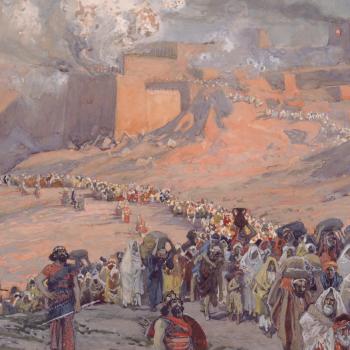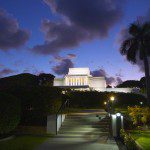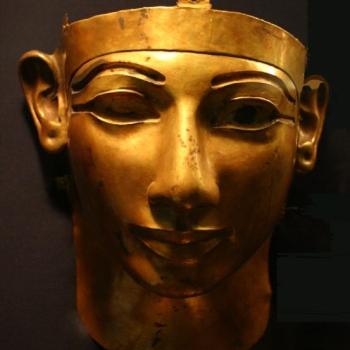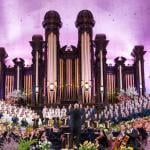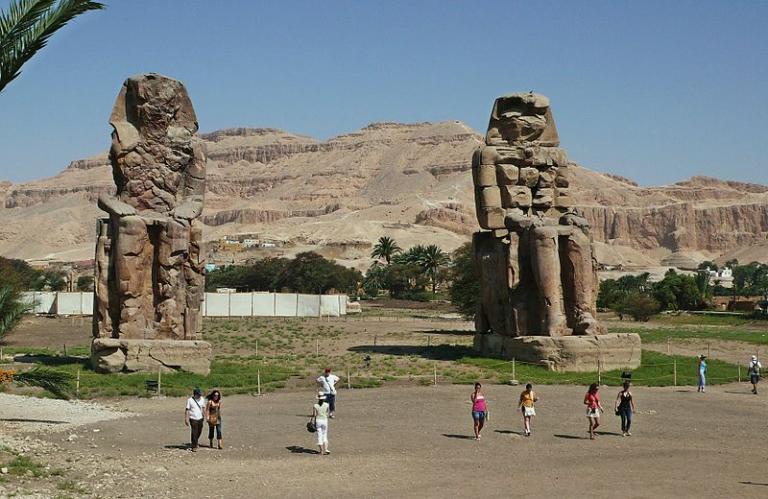
***
I’ve found it essentially impossible, over the past few days, to establish a connection to the internet. But I seem to have one right now, however fleeting it may be, so I’ll try to strike quickly while the iron is hot. I have to admit that the sporadic access to unreliable internet that I’ve always experienced during recent trips to Egypt — this trip has actually been worse than usual and, accordingly, worse than I had expected — is a major source of frustration for me. I’ve had a difficult time, this trip, keeping up with even minimal (essential) emails.
***
Many of our group got up very, very early on Tuesday for a hot air balloon ride over the area to the west of the Nile. My wife and I have done that balloon ride several times, so we opted to get some extra sleep on this occasion. But it’s a remarkable opportunity that all who can should try to experience; it certainly provides an amazing (and revealing) view of the temples and tombs and fields below.
Afterwards, the entire group crossed the river and visited the valley temple of Queen Hatshepsut at Deir al-Bahri, one of the most beautiful buildings in the world. Nearby, we took the opportunity to point out the general vicinity of the tomb from which the Joseph Smith Papyri came. (We know the general area, but there are three leading candidates, all close together, for the specific site.) Then we went to the Valley of the Kings, where we visited three of the tombs — Ramses III, Ramses IX, and Merenptah — and where those who chose to do so could also visit the tomb of Tutankhamen. There followed a shopping visit to an “alabaster factory.”
When we were all finished there — I was personally finished very soon, as I always am — we drove slowly by the famous “Colossi of Memnon,” which once stood at the entrance of the now-vanished mortuary temple of Amenhotep III (aka Amenophis III, Amenhotep the Great, or Amenhotep the Magnificent) who reigned for nearly forty years (d. ca. 1350 BC). He was the father of Amenhotep IV, who is far more famous today as the “heretic ” pharaoh Akhenaten (or Ikhnaton). That temple is now essentially gone; it probably vanished in pre-Christian antiquity, perhaps even being used as a quarry by Amenhotep III’s pharaonic successors.
The two hard sandstone monoliths depicted Amenhotep III seated on a throne between the much smaller figures of his mother, Mutemwiya (left) and his wife, Queen Tiy (right). Each throne is decorated on its sides with an intertwined lotus representing Upper Egypt and papyrus representing Lower Egypt, which surround the hieroglyph meaning “to unite.” For some reason, though, the ancient Greeks thought that the statues represent Memnon, who was killed by Achilles at Troy. Memnon was the son of Eos, the Dawn, and of Tithonus, a legendary king of Egypt.
When an earthquake hit the area in AD 27, it evidently split the northernmost of the Colossi and, thereafter, that statue emitted a musical note almost every morning. The Greeks evidently decided that Memnon had returned as a statue after his death, and that the morning sound — mourning sound? — represented either his plaintive cry to his mother (remember that she was Eos or Aurora, the dawn) or her lament for him. (The morning dew represented her tears on his behalf.)
Many travelers came to experience the phenomenon — not least among them the Roman emperor Hadrian in AD 130, and the graffiti on the bases of the statutes, in both Greek and Latin, include the names of more than a few visiting celebrities. Unfortunately, though, the Roman emperor Septimus Severus repaired the statue in AD 199 and, accordingly, it never made the sound again.
I read a poem to my group in this connection, as I always do when we visit the site. It’s “Ozymandias,” by Percy Bysshe Shelley. He was inspired to write it by a portrait bust in the British Museum in London that was fancifully labeled “The Younger Memnon.” The bust actually represents Ramses II, and it comes from the thirteenth-century mortuary temple known as the “Ramesseum” that is located only a few hundred yards from the Colossi. (In the photo above, it would be in the distance to the upper right.)
Shelley’s poem seems exceptionally appropriate to the area, and it runs as follows:
I met a traveller from an antique land,
Who said—“Two vast and trunkless legs of stone
Stand in the desert. . . . Near them, on the sand,
Half sunk a shattered visage lies, whose frown,
And wrinkled lip, and sneer of cold command,
Tell that its sculptor well those passions read
Which yet survive, stamped on these lifeless things,
The hand that mocked them, and the heart that fed;
And on the pedestal, these words appear:
My name is Ozymandias, King of Kings;
Look on my Works, ye Mighty, and despair!
Nothing beside remains. Round the decay
Of that colossal Wreck, boundless and bare
The lone and level sands stretch far away.”
Written in Aswan, Egypt
Today — Friday, 26 November 2021 — we began the morning with a visit to the beautiful Temple of Isis at Philae. It’s a Ptolemaic-era structure, which is to say that it’s a fairly late one — that is located on an island between the original Aswan Dam and the more recent Aswan High Dam. It’s also one of the most scenic places in the entire country of Egypt. Like Abu Simbel, it was rescued from rising waters created by the dams and was moved to an island higher than its original location. Afterwards, we drove out onto the High Dam itself, which was completed in 1971, and took a look at both the enormous Lake Nasser behind it and the much lower Nile that flows northward from beneath it.
Then we caught a flight from Aswan back to Cairo and returned to our original hotel. This is, I think, the only hotel that we’ve stayed in when we’ve come on tours with Hany Tawfeek and Alex City Travel. And I’m fairly happy with it: The spectacular location of the Grand Nile Tower can hardly be surpassed.
Written in Cairo, Egypt
Posted from Cairo, Egypt



